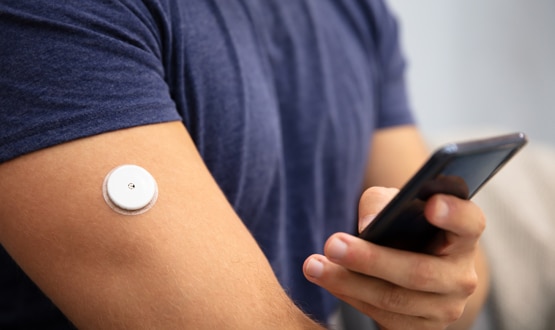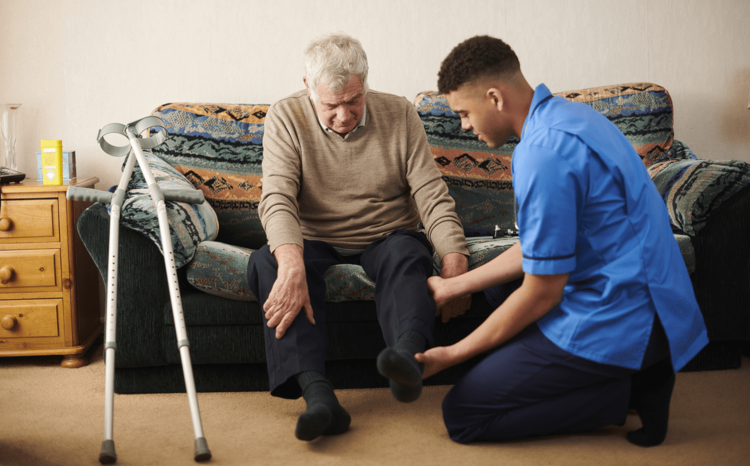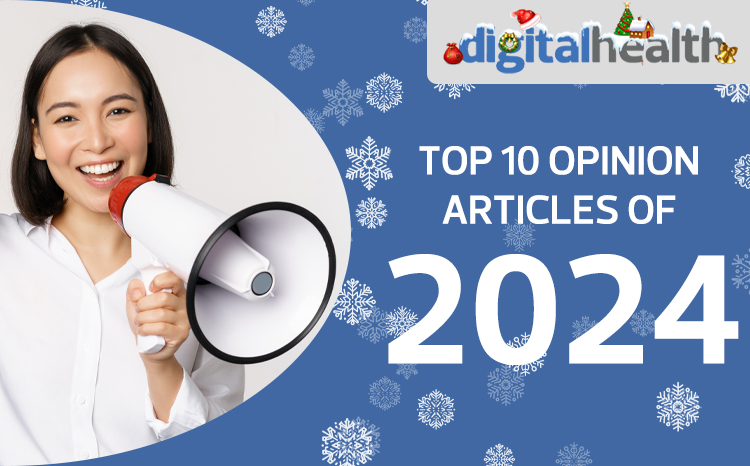How to ensure data from monitoring devices is ‘meaningful’
- 9 May 2024

Too often, data collected from wearables and monitoring devices adds to the burden on healthcare professionals. Help in the form of a new information standard is on the way, writes Charlie McCay
The use of wearables and monitoring devices has increased, particularly since Covid. Gathering research data through digital devices such as smartphones is an important way for professionals to gather data for care and for people to self-manage their health and wellbeing. This is particularly relevant as the population ages and more people live with long term conditions.
If we are to achieve the stated goals of the NHS Long Term Plan of empowering people with information to stay healthy and better manage existing conditions, we need to make the best use of digital tools that will help them. And we need to ensure digital tools support a professional and clinical workforce that is under intense strain.
Positive impact on diabetes
Diabetes is a perfect example of how monitoring devices have a positive impact. According to the NHS, over 80% of people with type 1 diabetes are now using flash continuous glucose monitoring. They are able to adjust their glucose levels based on data they receive from the device. Other benefits include being in control of their condition and understanding how their body responds.
Securely linking wearable data to existing medical records provides doctors and researchers with a more comprehensive overview of the person’s health, allowing them to spot relationships, for example, between symptoms or lifestyle factors and later disease onset or severity.
Wearables and remote monitoring devices support better self-management and allow data to be sent to healthcare professionals for interpretation, resulting in better outcomes for people, more efficient use of services, and less hospitalisation. Areas of low digital connectivity pose a barrier and we need to consider how to support people who are less able to use these technologies and avoid exacerbating inequalities.
Risk of data overload
But we must also address the concerns of healthcare professionals that devices and wearables create a huge burden through data overload. Who should be responsible for monitoring data? How can we ensure actionable information is flagged and accessible for care, while non-actionable data doesn’t overwhelm busy clinicians?
We should only be deriving information that is meaningful to decision-making, otherwise we are wasting time producing data that contributes to administration burden. We also need to ensure that data from wearables and monitoring devices is collected in a coherent way. Currently, healthcare professionals collect it in various forms, including paper or email.
One way to address these challenges is to define a set of diabetes information that should be recorded and shared digitally, and accessible by the right professionals, while making sure that data is not locked in, is available and flows between systems. This solution is closer than you think.
The right information
PRSB’s Diabetes Record Information Standard, commissioned by NHS England, helps ensure that a person’s diabetes information is shared with healthcare professionals in a consistent way, so that they can make well-informed decisions and provide best advice. It supports a person’s self-management of diabetes by making sure that the right information recorded at home is sent for interpretation to the right professional.
The standard is now being tested in real-world environments to prove that it’s useful and implementable and gather feedback and develop resources to help others implement the standard. If you’re attending the Primary Care Show at the NEC in Birmingham on 15 – 16 May, you will have an opportunity to hear about our recent pilots on the use of the standard with DigiBete and North West London ICB in the session Improving diabetes care through better records.
Charlie McCay is an advisor to the Professional Record Standards Body and owner of Ramsay Systems. He provides technical leadership in the PRSB Diabetes project, aligning the information standard with the UK FHIR interoperability specifications and providing tooling to enable effective maintenance of examples. Working with the PRSB and NHS England, he has provided input to the International Patient Summary, and is a UK nominated expert on a number of CEN and ISO projects related to Health Information Models.






1 Comments
A core set of data standards for all self-monitoring digital tools, like the core standards for electronic health records, is the way of the future for the reasons stated. The PRSB has a key role to play in bringing all parties together to define the core standards that will deliver useable, manageable and effective tools that empower people to manage their health conditions; enable ‘digital back offices’ to process the results efficiently and cost-effectively; deliver good health outcomes for individuals and the NHS; and enable learning from ‘big data’ while protecting privacy. A win for all.
.
Comments are closed.